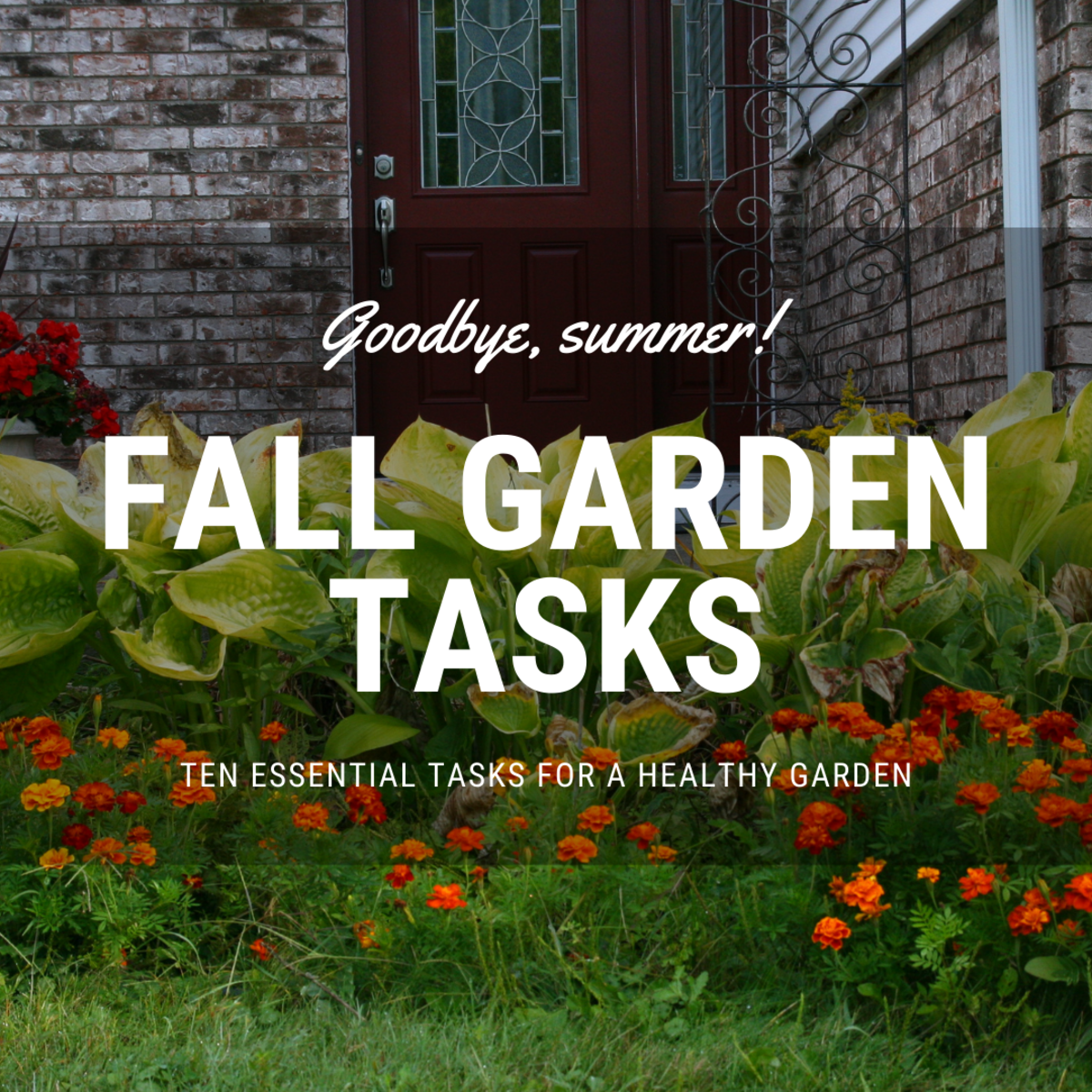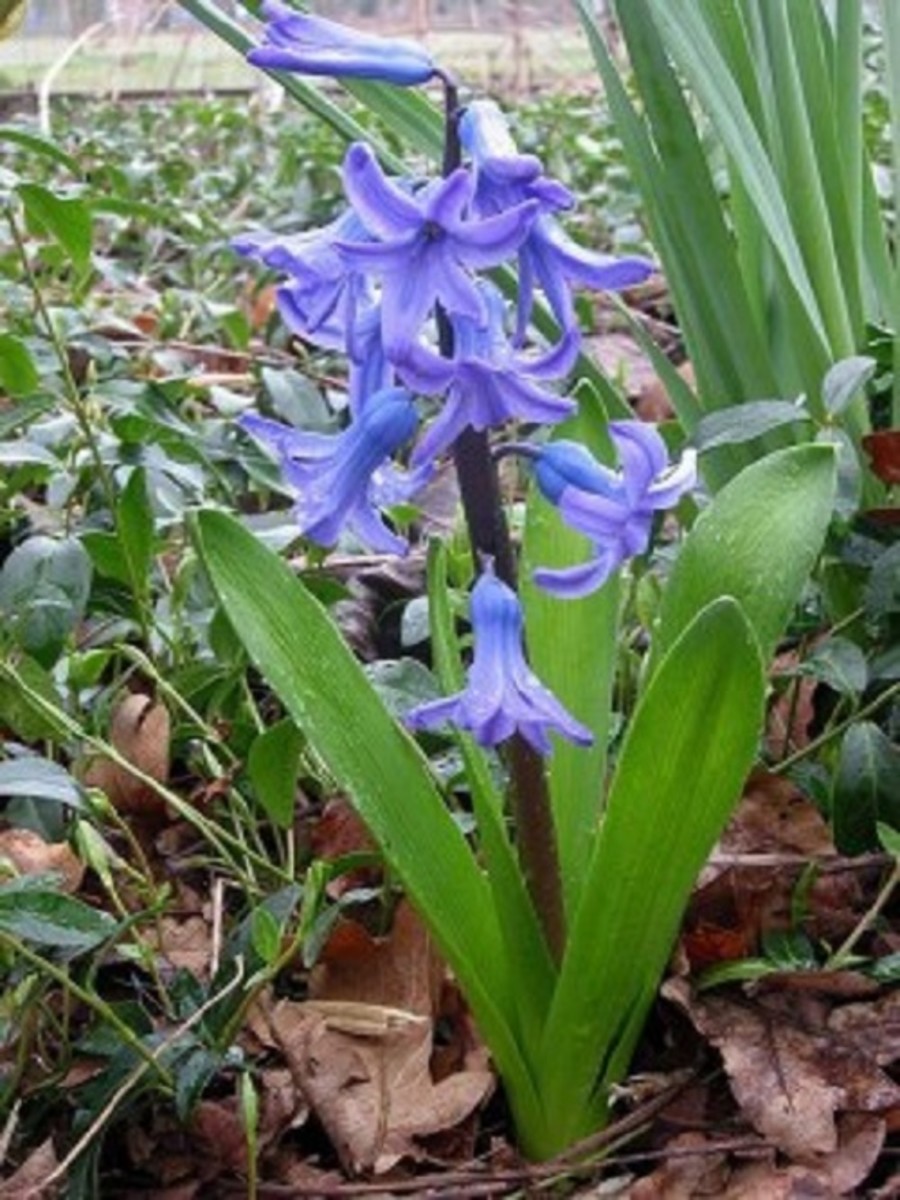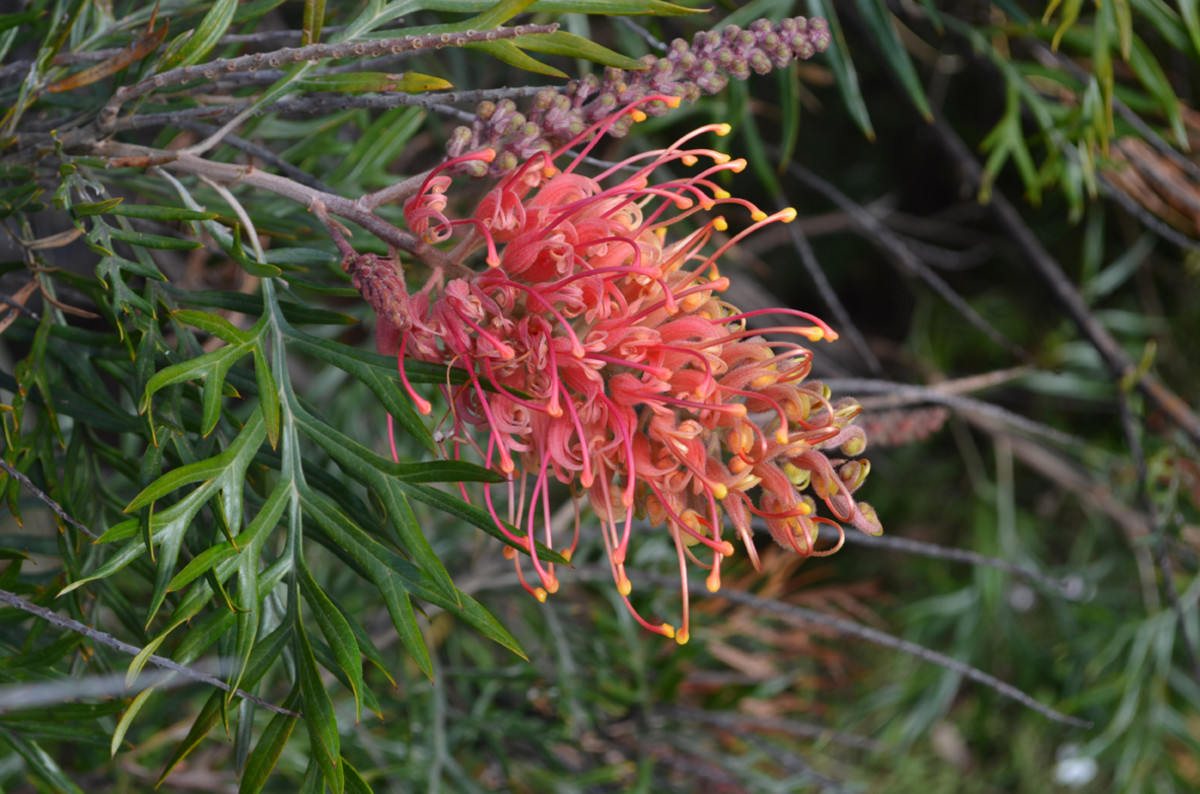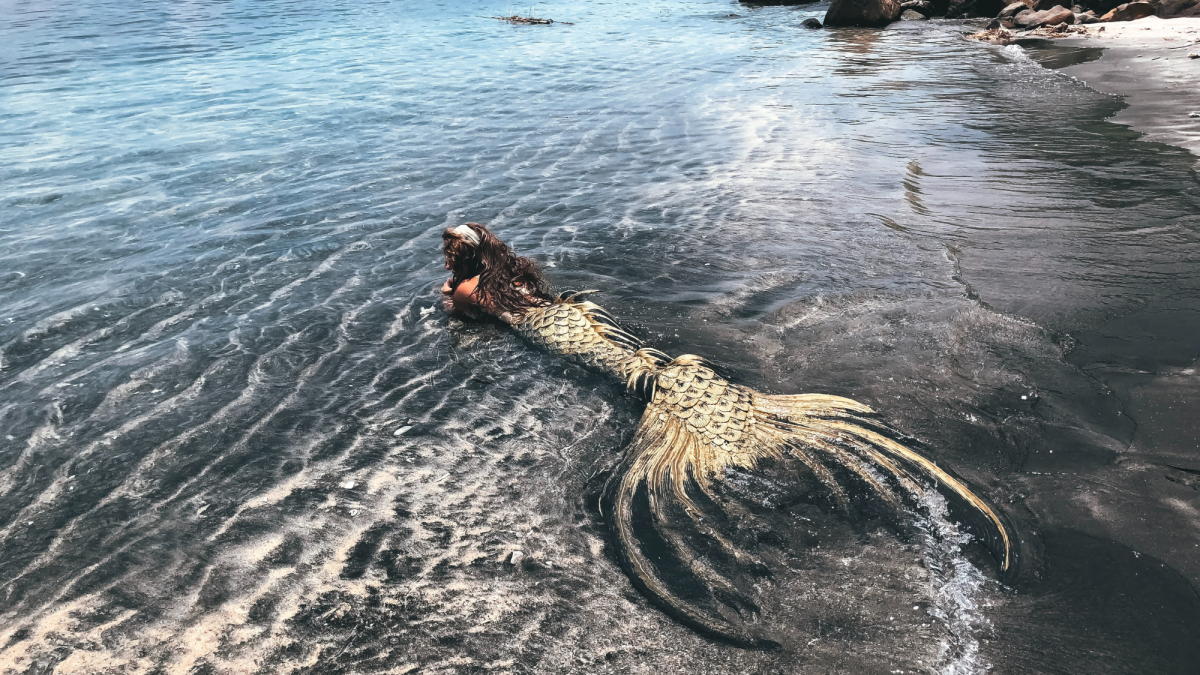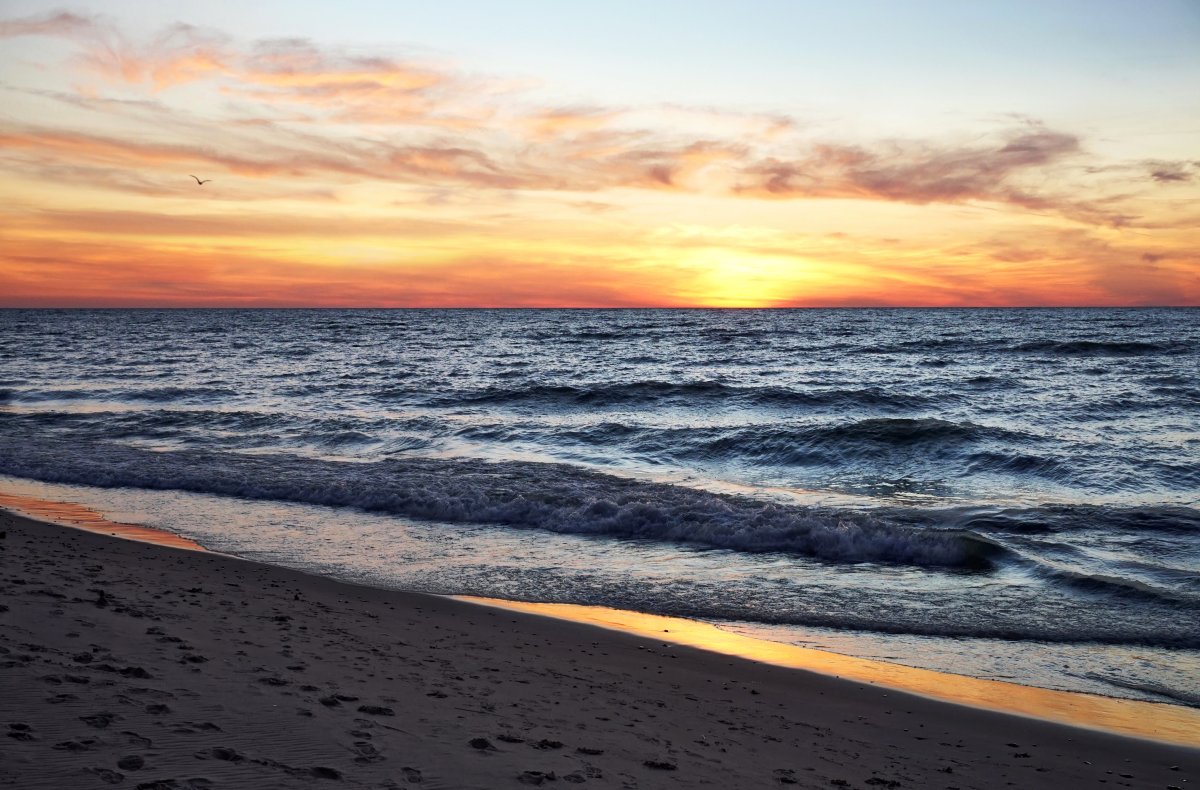Early Spring Nature Walk
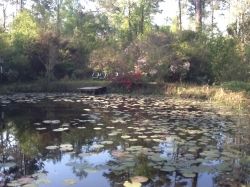
Photo Tour of Louisiana Habitat
Spring usually comes early to southeastern Louisiana, but in 2010, the flowers were a couple of weeks later that normal. The wet cold winter provided good conditions for most plants, especially the flowering bulbs and wildflowers.
My husband and I hope you enjoy this virtual tour of our National Wildlife Federation certified backyard wildlife habitat. We snapped some pictures of both native and cultivated flowers as well as wild and domesticated animals and arranged them in categories for your viewing enjoyment. An explanation about the plants and animals is provided for each photo, so it is almost as good as actually taking the walk. Perhaps after visiting our backyard habitat, you may wish to dedicate a portion of your backyard to wildlife or for a sustainable garden. Creating such a habitat has many benefits such as increasing biodiversity of plant and animal species which will help to keep things in balance.
We've also provided a video quiz, just for fun. Now let's join Rio (our part Catahoula and Pointer dog) for a pictorial tour of the Little Tchefuncte Hummingbird Hill Habitat when the flowers are just beginning to bloom in spring.
Tour Around Our Backyard Habitat in Early to Mid March, 2010
Early Blue Violet Up Close
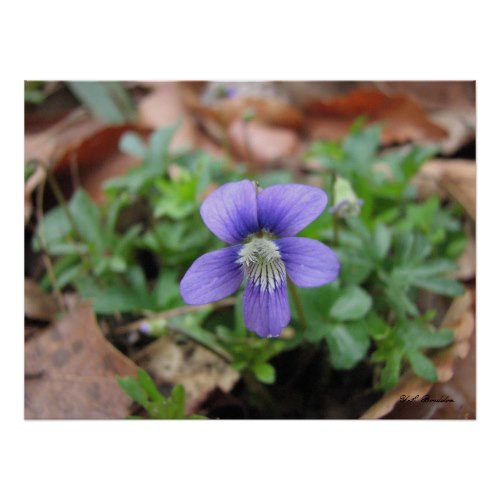
Native Plants - Perennials
Early Blue Violet grows wild in the rich soil of the hardwood forests. The first leaves are heart shaped and leaves that grow later in the spring are more deeply lobed.
Blue Violets Postcard
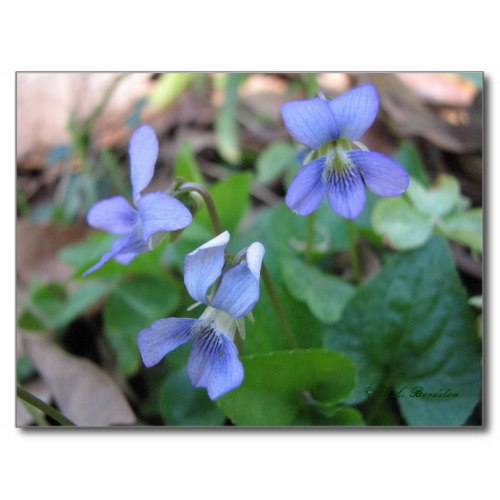
Langlois Violets bloom early in spring. Violet leaves make delicious and nutritious additions to early spring salads.
Many of the photos seen here can be purchased in Naturegirl7's Zazzle Shop and the old-fashioned flowers from Lalagniappe as print-on-demand products such as posters, cards, apparel, mugs, etc.
Native Trees and Shrubs
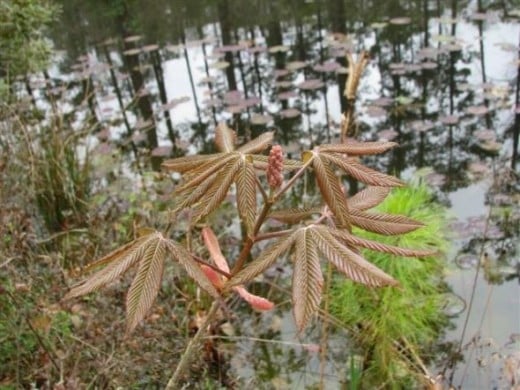
These Red Buckeye (Aesculus pavia) flower buds will turn into a spike of lovely red, nectar rich flowers in a few weeks. The hummingbirds love these flowers.
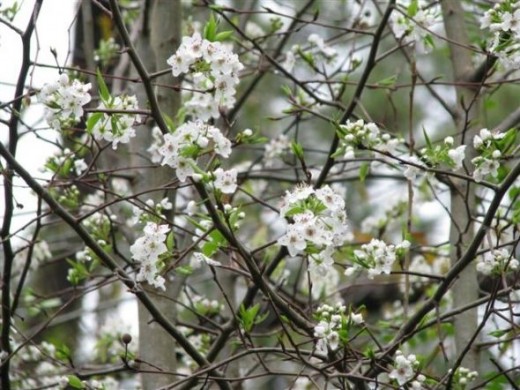
Green Hawthornes (Crataegus spp.) decorate the woods and roadsides with their early spring blooms. The lovely white flowers attract many pollinators to the garden.
Wild Mexican Plum Blooms
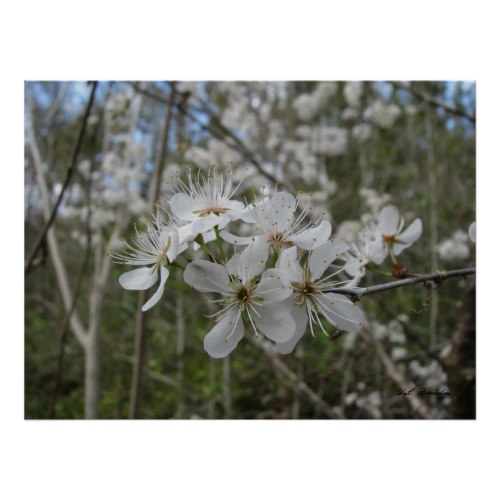
The beautiful flowers of our native Mexican Plum tree (Prunus mexicana) color the landscape. In summer, the trees will bear tasty plums.
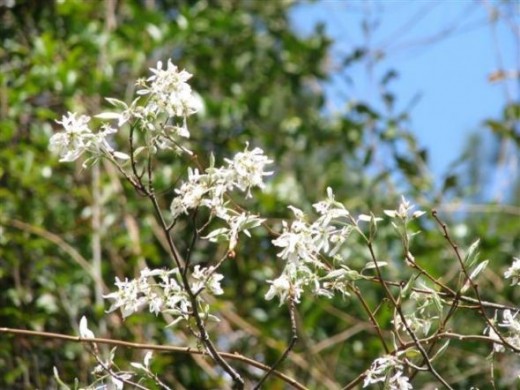
Service Berry (Amelanchier arborea) flowers turn into delicious berries that are one of the Eastern Bluebird's favorite foods.
Wild Blueberry Flowers
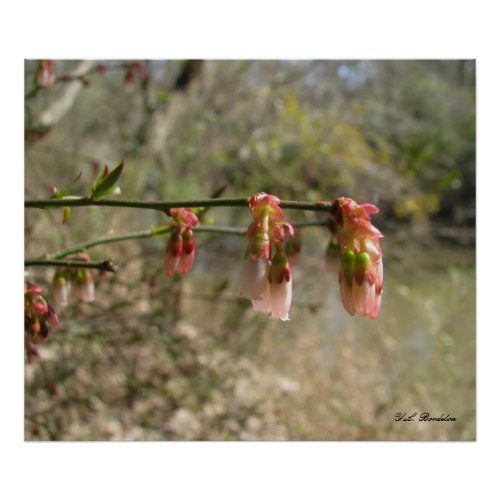
We think native "wild" blueberries are tastier than many of the domesticated kinds. The flowers of this variety, probably an Elliot's Blueberry, open in late February.
The "old folks" call these berries, Huckleberries and they are delicious fresh or in recipes.
If you'd like to see more photographs of early spring flowers, click on the link.
Forest Plants of the Southeast
Excellent photographs illustrate this interesting book which details the wildlife uses of many forest plants. I used this guide to help identify and choose plants for the backyard wildlife habitat here.
Old Garden Favorites
Flowering Bulbs
Because of the exceptionally cold winter, the bulbs did very well this year. Many years we don't have the required 40 days of cold weather that most of the spring blooming bulbs (like Tulips and Hyacinths) require. Here are a few of the flowers that always put on a show in spring.
Snowbells
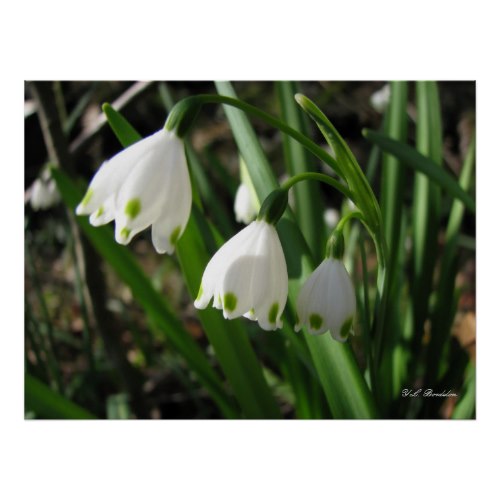
Daffodils
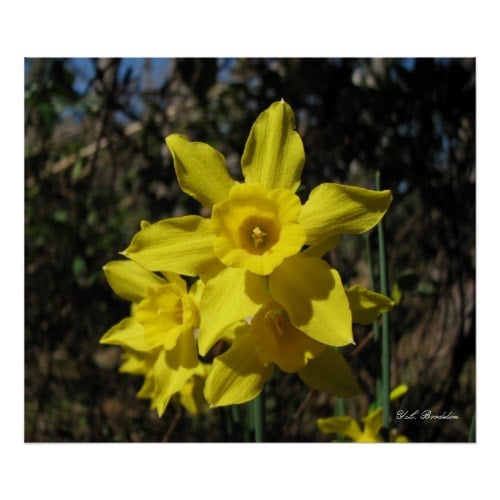
Golden Daffodil
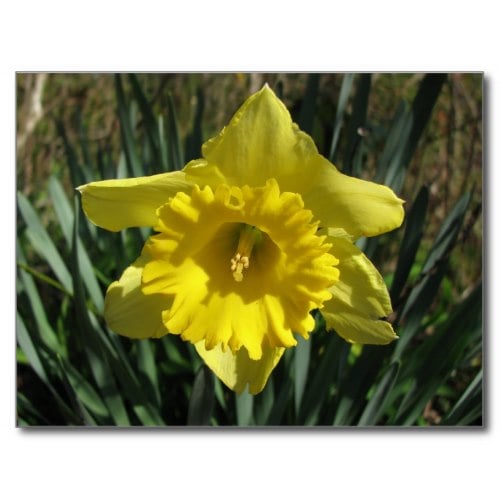
Pink Snapdragon
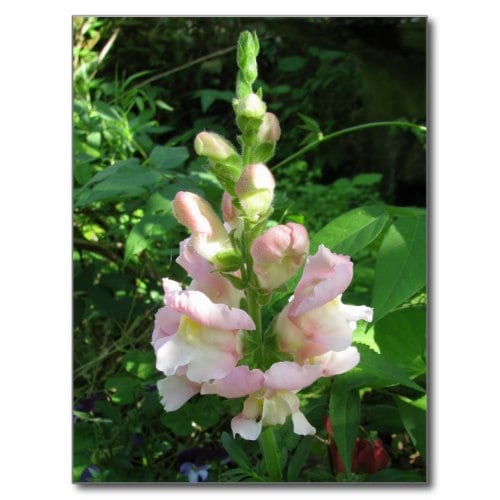
Annuals
In the coastal south, we plant pansies and snapdragons in the fall and they winter over then burst into bloom in early spring. By May most of them have shriveled in the heat.
St. Francis Among Pansies
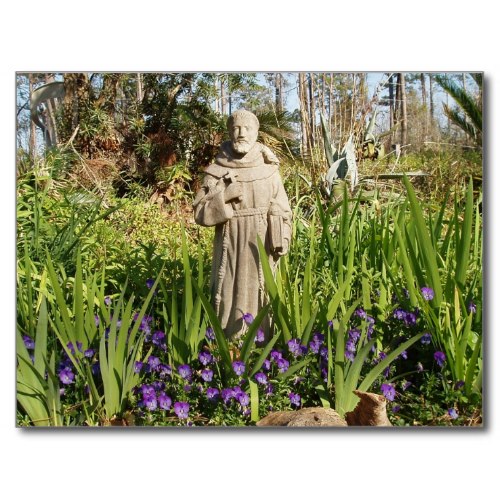
Perennials and Small Shrubs
Perennials like this purple Homestead verbena are the backbone of our garden. These old-fashioned plants come back year after year. This verbena is a butterfly magnet and makes a great ground cover for sunny areas.
Homestead Purple Verbena
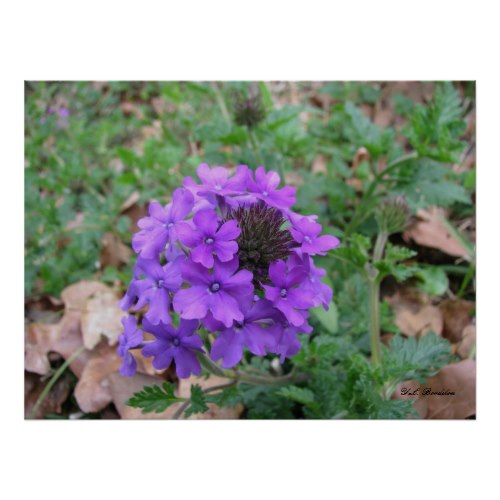
Little Imp is a small kind of Abutilon, that will survive cold winters if mulched well and when it is planted in a sheltered area. Hummingbirds feed from the nectar rich blooms and it starts blooming early in spring.
'Little Imp' Abutilon Flowers
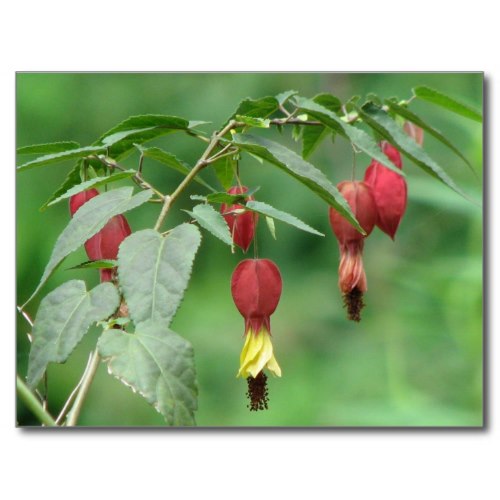
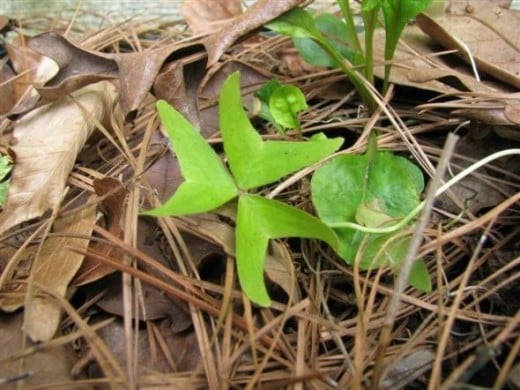
Irish Shamrocks send up leaves during the cool weather. It's very hard to grow them here in the humid south.
The more rounded leaf next to it is a Beards-tongue Penstemon. Its lavender flower will appear in late April.
Flowering Trees and Shrubs
Japanese Magnolia or Tulip Trees are another old southern favorite that blooms in the very early spring here in Louisiana. We love the purple and pink shades of the flowers and there are several different varieties on the market.
Japanese Magnolia Blooms
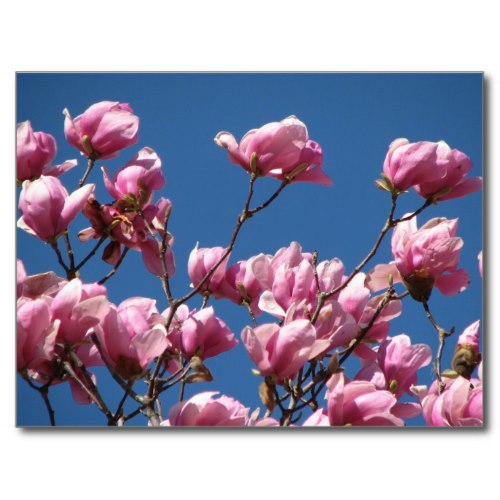
I brought these Bridal Wreath plants from my Mother's yard many years ago. Pass-along plants are the very best kind of plant, because so many memories of the person who gave them to you come with them. Every time I see them bloom, I think of the happy times I spent in my Mother's beautiful flower garden in north Louisiana.
Bridal Wreath Blooms
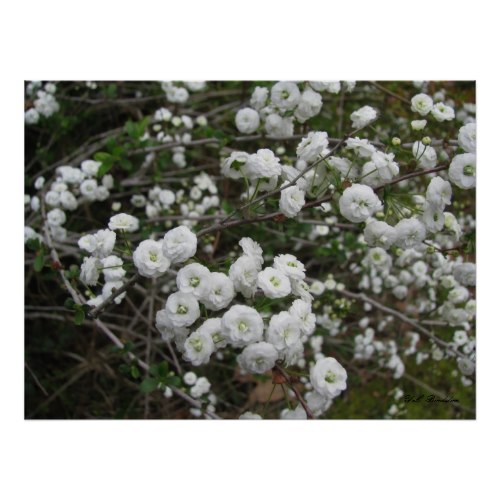
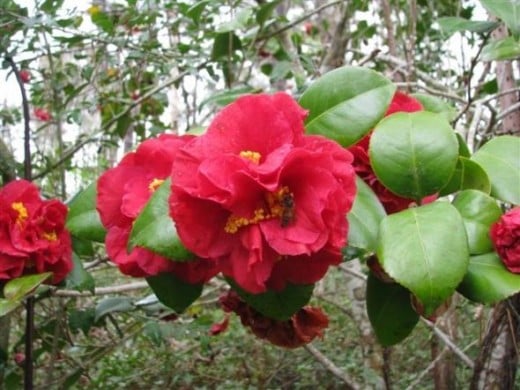
Honey Bees are already active gathering nectar from these red Camellia japonica flowers. Here in Louisiana, some begin blooming in December and continue into April. Of course the unusual freezes that we had this year, killed some of the flowers, but most of the tight buds survived to bloom in the spring.
Vegetables and Fruits
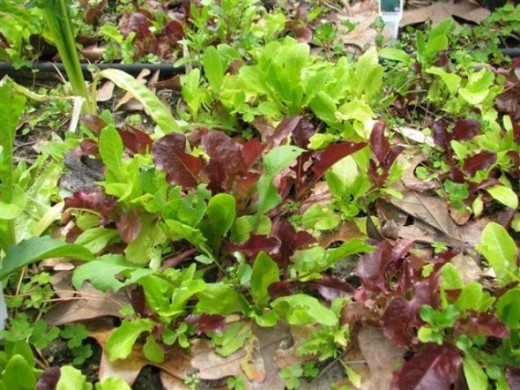
We plant our cool weather crops, like these leaf lettuces, in fall and winter so they will mature in the early spring before it gets too hot.
Sweet Kumquats
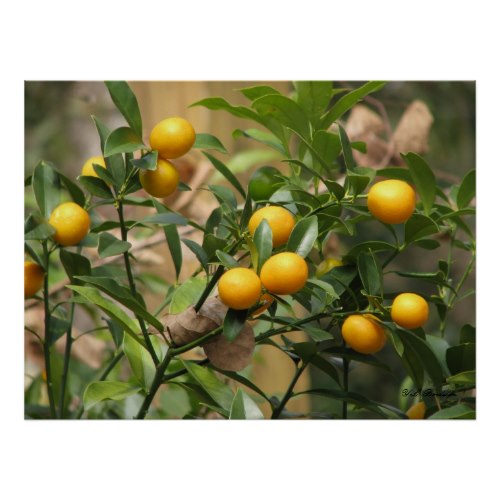
The Kumquat, a kind of Citrus tree, is an old Louisiana favorite. We like to eat them whole right off the tree. If you plant them in a sheltered place, they will bear most of the year.
The more rounded ones that are shown here are sweet. The oblong varieties are more tart. Both make good marmalade when mixed with oranges and other Citrus fruit such as Satsumas and Meyer lemon.
Growing Citrus
Here is one of the newer guides for growing Citrus trees in your own backyard. Citrus is a very versatile plant which is used by wildlife and humans, too.
Bluebird Pair Early Spring
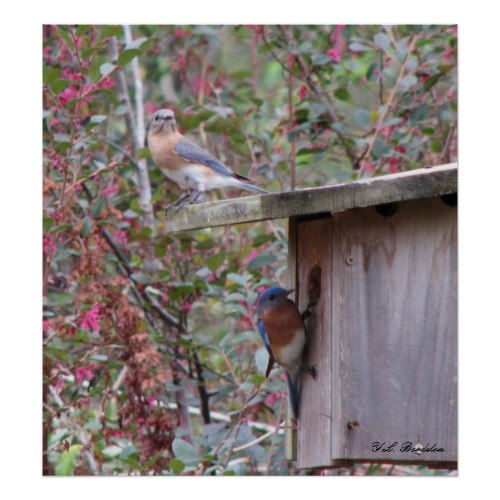
Birds and Other Animals
Bluebirds start looking for nesting sites in late winter. This pair has decided on a cypress nest box that was made according to precise specifications, complete with a predator baffle. The blooming plant in the background is 'Plum Delight' Loropetalum, a kind of witch hazel.
Red-bellied's Red Belly
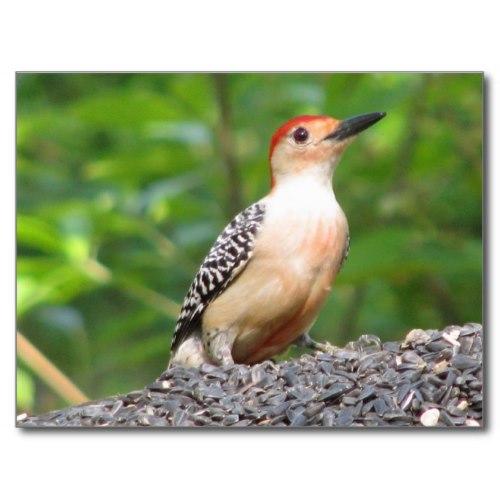
Ever since Hurricane Katrina left so many dead trees standing throughout our habitat, we have had plenty of woodpeckers, like this Red-bellied male. You can see how they get their name.
Brown Headed Nuthatch Female
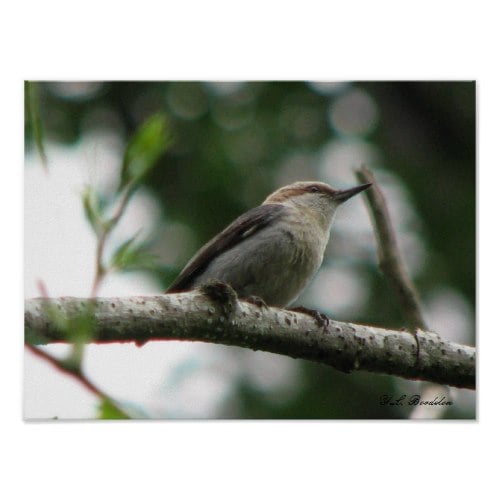
Brown-headed Nuthatches, which are only indigenous to the pine forests of the south, are also taking advantage of the additional natural cavities that Hurricane Katrina left.
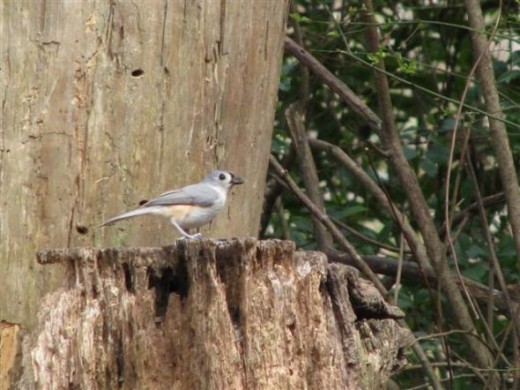
Tufted Titmice are permanent residents and enjoy black oil sunflower seeds to supplement their diet of native seeds and insects. They also nest in bird houses and natural cavities.
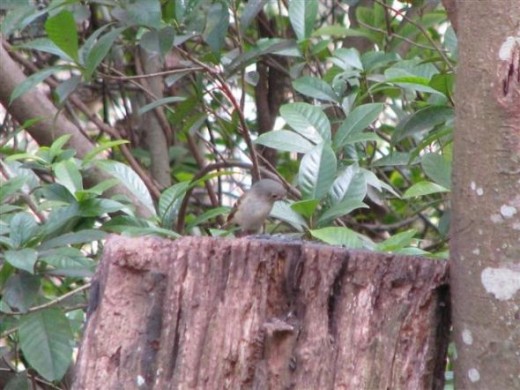
The Ruby Crowned Kinglets visit the logs where we feed the birds. They pull insect larvae and small pieces of sunflower seed out of the cracks.
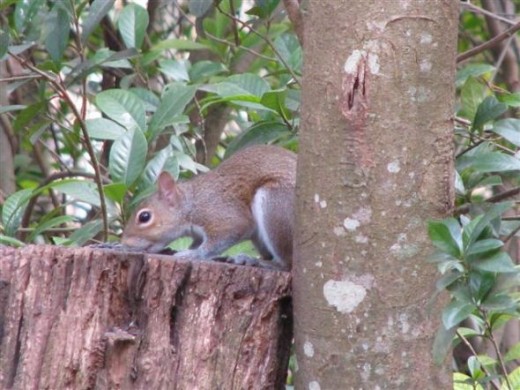
Gray Squirrels are common in our habitat. In areas where there are few natural predators, they can become overpopulated, but the hawks, owls and other predators keep their numbers down here.
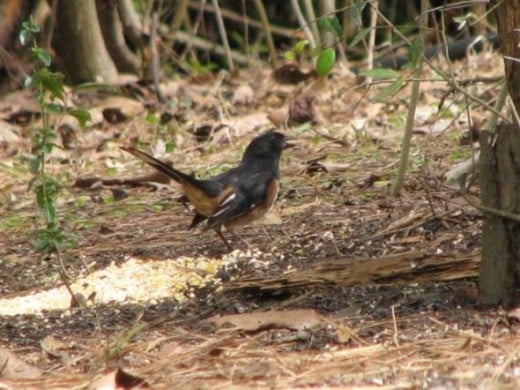
The male Eastern Towhee is a beautiful bird with its unique "drink-your-teeee" and other calls. They scratch around in the leaves for seeds and insects.
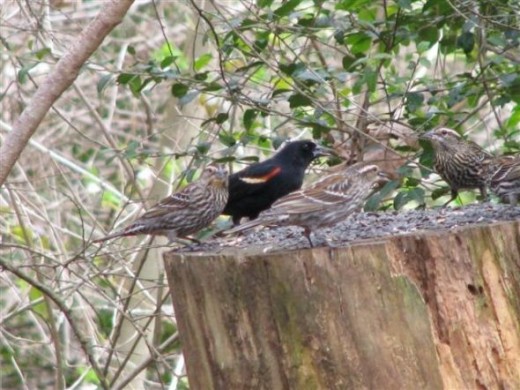
During the winter and into spring, flocks of Red-winged Blackbirds visit our feeders. They hang around, devouring every seed in sight, until spring when they return to their nesting grounds.
Orange Crowned Warbler in Cherry
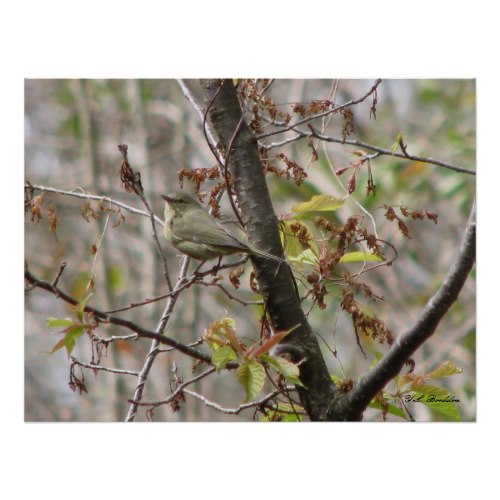
Orange Crowned Warblers are migrants that arrive early in fall and leave late in spring. They hang out around the suet and hummingbird feeders, frequently making use of both.
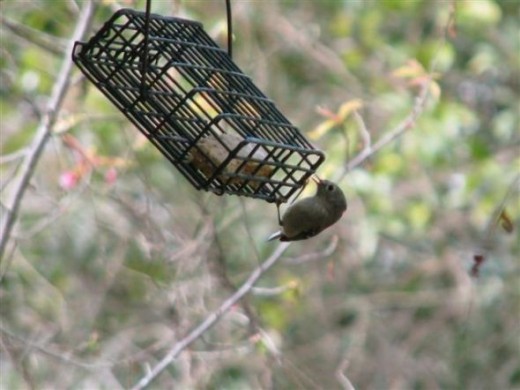
Many birds, like this Ruby Crowned Kinglet enjoy the home made suet that we provide.
Male Ruby-throat
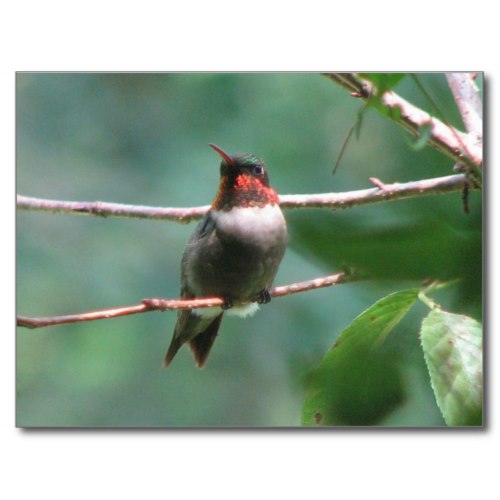
The first male Ruby-throated hummingbird returned to our habitat on March 13th, this year. He was about 2 weeks late, probably because of the cold weather that we had this spring. The females will start showing up towards the end of March, then the breeding season will begin.
We're hoping that we will be able to participate in Linda Beall's Ruby-throat breeding study again this year. Last year we couldn't because of family obligations.
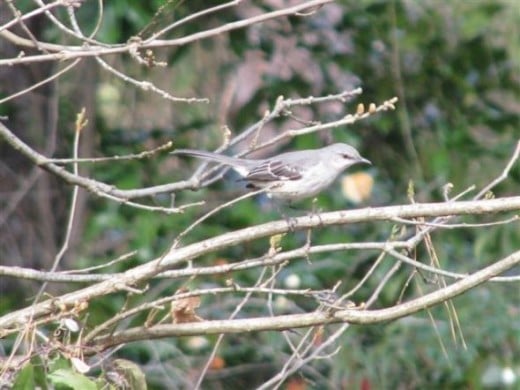
Mockingbirds are making a comeback in our habitat. We enjoy their antics and their creative songs.
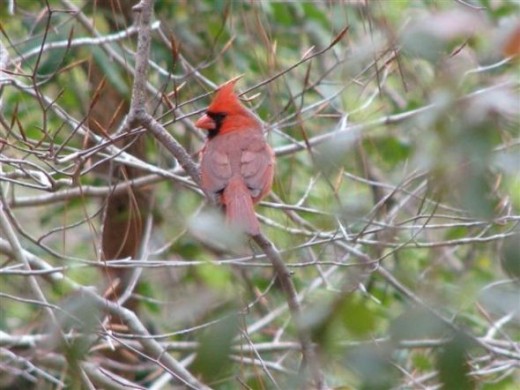
Male Cardinals are gorgeous this time of the year. They stay here all year long. This one is sitting in an American Beech tree that is just beginning to leaf out.
The Sibley Guide to Birds
One of the best bird guides on the market. This will help to identify the birds that you see in your backyard.
Bird Identification Quiz
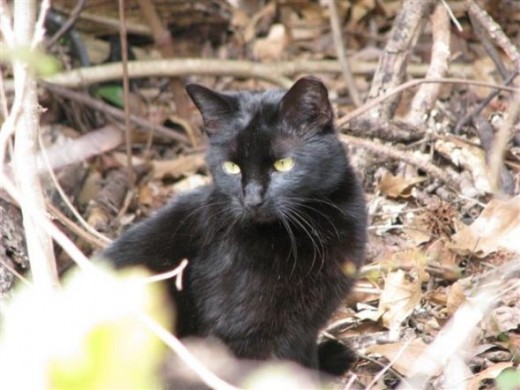
The neighbors "rescued" this little black cat, called "Pepper", from the shelter and thought that she would make a good "barn" cat. She has adopted us and since the neighbors only come to their place once a day, we are feeding her daily in hopes of limiting her hunting kills.
We have 3 inside cats and we keep them inside to protect them from the wildlife and the wildlife from them.
How to Create a Wildlife Garden
If you'd like to try your hand at creating your own backyard wildlife habitat, this book includes step by step instructions, directories and over 800 photographs.
© 2010 Yvonne L B



